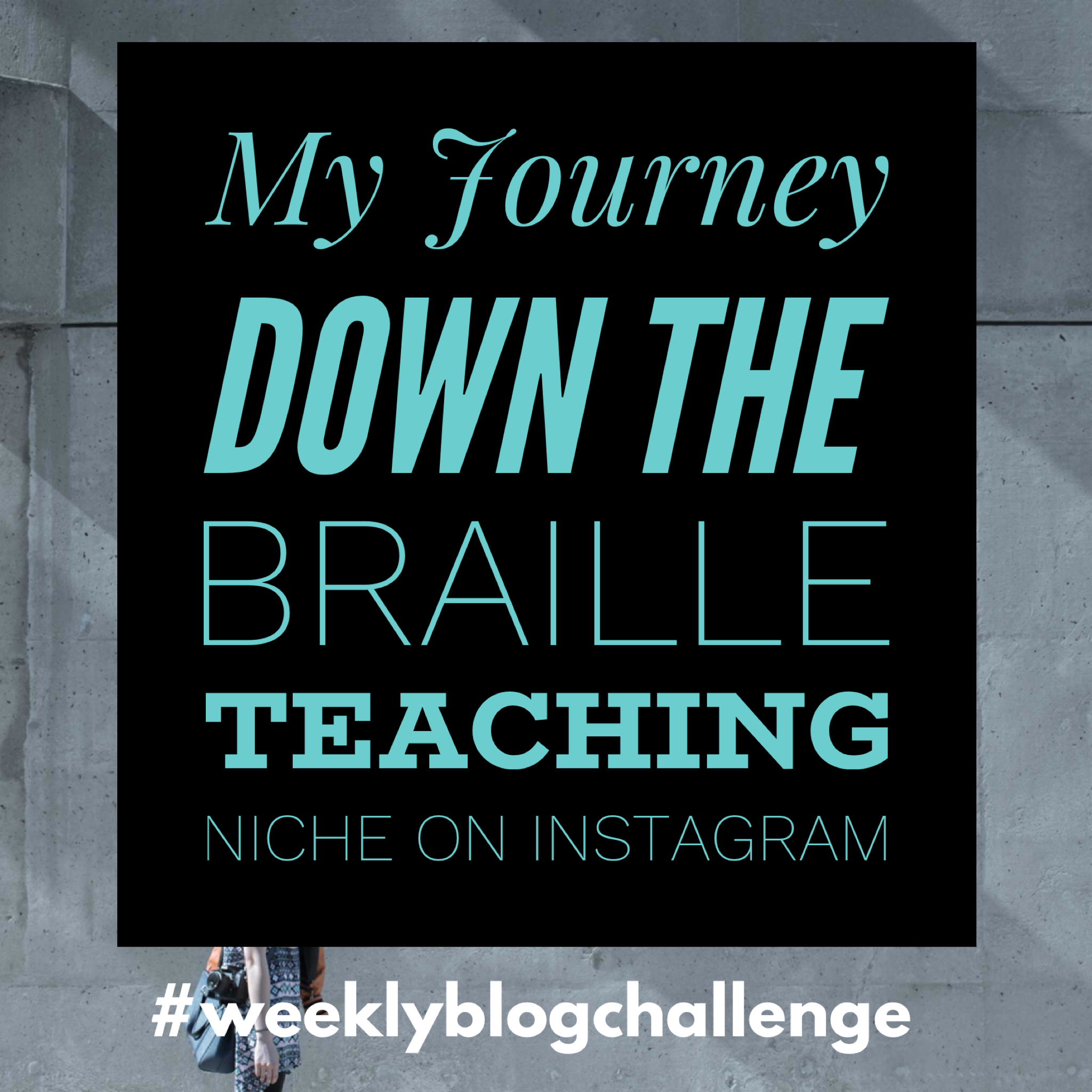So you’ve just finished your Bachelor/Diploma of Education or even (heaven forbid) your six-week ‘Teach for Australia’ course - congratulations! So its time to go get a job . . . wait . . . how should you go about this? Well, not everyone is in the position to go remote or to the country particularly if you have children or other commitments. You might have even applied for a few jobs but were unsuccessful. So the next best option is to look for relief work. What experience do I have in this matter? Well, I’ve worked remote, in the country, at the SSTUWA, as a sessional academic, as a relief teacher and in the Perth metropolitan area. So let me share with you some of my recommendations and experiences on how to secure work as a relief teacher.
Before I start, I want to dispel a common myth that I’ve come across. Some teachers like to have a whinge and say ‘there are no jobs out there’. Well that’s rubbish! There are ALWAYS teaching jobs available. I’ve found the teachers who don’t get work aren’t willing to teach in lower SEI schools or limit themselves to a narrow selection of schools. In addition to this, the majority of teachers in the profession are women and women are always going on maternity leave. Teachers also have long service leave that they need to get rid of and teachers do get seriously ill which requires long-term treatment. If you are looking for full time work, getting relief work is first step you can take towards achieving this goal. Most principals I know of would rather fill an empty teaching position with a reliable relief teacher who is well known.
At the end of the day, if you truly want relief work you will be prepared to take any class and go anywhere in order to gain the necessary teaching experience to make yourself competitive in today’s job market.
Preparation, preparation, preparation
So lets start, how do you get relief work? Well first you’ll need a professional looking CV (no greater than 3 to 4 pages long) and a generic covering letter. Assuming you’re straight out of university, I’d get the teacher who signed off on your final practical placement as a reference. If you’re a complete novice at the whole CV writing business then enrol in a CV writing course with the SSTUWA or your state’s teaching union. I’ve heard from participants that it’s well worth the investment.
Next, print out a map and locate all of the schools around your local area. Don’t be afraid to travel upwards of 45 minutes from your location. When I did relief teaching back in 2009 I handed out my CV to well over 15 schools. I got limited work in my local area but the schools that were within a 30-minute drive booked me up weeks in advance.
Clothing . . . dress to impress
As much as people don’t like to admit it, people certainly judge you on what you wear. I might come across sounding like Emily Post but you really need to make a positive first impression upon your future employer. Let me share with you one of my personal experiences from a job interview at a primary school (which is now my current school) back in 2009. I arrived 20 minutes early for the interview and I was in the middle of doing up my tie when I saw a group of professional looking bureaucrats talking. A week after my successful interview the principal (at that time) told me that he and the local District Directors (now Regional Directors) observed me doing up my tie and were impressed. What this taught me was that its better to overdress than underdress for your first meeting with a school. Keep this in mind when approaching prospective schools.
Introducing yourself to the school
Don’t send your CV by email - seriously don’t do it. Walking into the school and personally handing in your CV looks much better. Admin is more likely to remember a name with a face as opposed to remembering a name via email. Which brings me to my next point, don’t underestimate the power of a good introduction. Whenever I meet someone new I use the ‘John Green’ method of saying hello. Watch the imbedded YouTube video to see what I mean.
The way John Green says ‘Hi, I’m John Green’ makes him come across as warm and friendly. I’d go as far to say its one of the reasons he is so popular amongst the education community. Whenever I introduce myself to someone new I use the exact same tone and mannerisms. Use this method of introducing yourself to your school’s administration (registrars, deputy principals and principals). After introducing yourself to the registrar/secretary ask to speak with the deputy principal and principal if they’re available. Don’t be afraid to wait a few minutes if required. If you don’t get a chance to meet with the deputy or the principal at least you’ve made a positive impression on the registrar. If you do get a chance to meet with them you’ll need a ‘sales pitch’.
Your sales pitch
You need a sales pitch, you really do! I’d practice writing down some notes on a series of palm cards and rehearse them and rehearse them and rehearse them until you know them off by heart. Its important to know a bit of information about the schools you intend on getting relief work at. Most schools will display information about themselves on their website. I suggest that you read through your prospective school’s annual report and their behaviour management procedures/policy. Understanding how the administration runs the school will leave a position impression. Oh, and leaving the admin with a business card is great idea. At a TeachMeet I organised for my school a graduate teacher left me with one of her business cards. It certainly left a positive impression for me and my principal.
During your sales pitch I suggest that you specifically mention . . .
· That you’ll take any class (rain, hail or shine)
· That you are able to take a class, even if no work has been left for you
· That you don’t mind accepting work at late notice e.g. when a teacher’s child has just vomited everywhere at 8:00am and they can’t come into work today
· That you don’t mind taking on additional duties
· And finally that you wouldn’t mind joining up with a school for professional development to get your TRB hours up.
The waiting game
Now don’t expect work right away, particularly at the start of term one. It usually takes a few weeks before all those germs start spreading their way from the hands and mouths of children into the immune systems of teachers. Schools also have a list of preferred relief teachers. So when you think about it, you are trying to muscle in on someone else’s turf. Don’t be surprised if it takes a few weeks before you get work. I remember a school that rang me up three months after I handed in my CV!
In the meantime it pays to be prepared. I suggest that you invest in a small carry on luggage bag with wheels. You’ll need to pack your emergency teaching toolkit with a variety of activities, games and worksheets for those ‘six step lessons’. FYI six step lessons are the lessons you think of six steps before you enter the classroom. You’ll need to wake up early and have your phone nearby at all times. Having all of your work clothes ready to wear and a pre-made lunch box helps as well. You’ll be surprised at how many calls you will get from desperate deputy principals scrambling for a relief teacher. I guarantee you’ll leave a great impression with admin if you can arrive at school ASAP.
Ah…germs and the sick children of teachers, they really are a relief teacher’s best friend.
Social networking
One of the best ways to get relief work in the age of smartphones is to join a variety of teaching based social networking forums on Facebook. I suggest you join the following . . .
· New Educator Network – WA (you’ll need to be a union member)
· Perth WA Teachers Buy, Swap, Sell, Share or Borrow
· TeachMeet WA
· ECU K-7 and Early Childhood Relief Teaching
Make sure you check these groups throughout the day, particularly in the morning.
Final points
When you arrive at school, particularly if it’s your first time there, make sure you introduce yourself to the teaching staff. There is nothing more awkward than a relief teacher who walks into the staffroom and sits down without having properly introduced themselves. Take the initiative and be proactive with your first time in a new staffroom. Lastly, make sure you leave a note for the teacher’s class that you took. I’ve always appreciated the notes left behind by relief teachers regarding what has happened throughout the day and if there is anything else that I need to follow up on.
So there you have it, these are my recommendations for getting relief work. Don’t take my recommendations as an exhaustive list of what to do. I’m sure there are things I’ve forgotten to mention. You might disagree with some of the stuff mentioned here, but you can’t dispute the results. These recommendations have helped me get a constant stream of relief work, which eventually led to full time employment.
Happy job hunting and I hope this blog helps you secure more relief work!
If you think this website is awesome then please ...
Bookmark this page.
Follow us on Instagram | @griffin_edu
Like and follow us on Facebook | @griffineducationenterprises
Follow us on Twitter | @Griffin_Edu
Follow us on Pinterest | Griffin Education Enterprises
Join our mailing list down below.
Consider supporting us on Patreon.
And most importantly, share this website with other educators!












